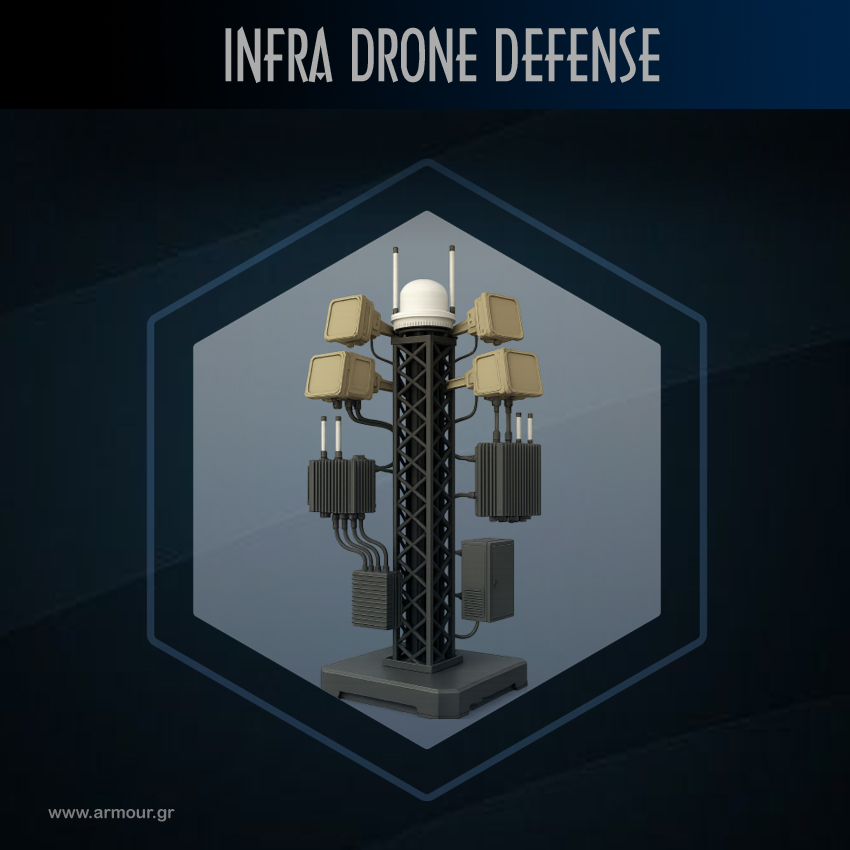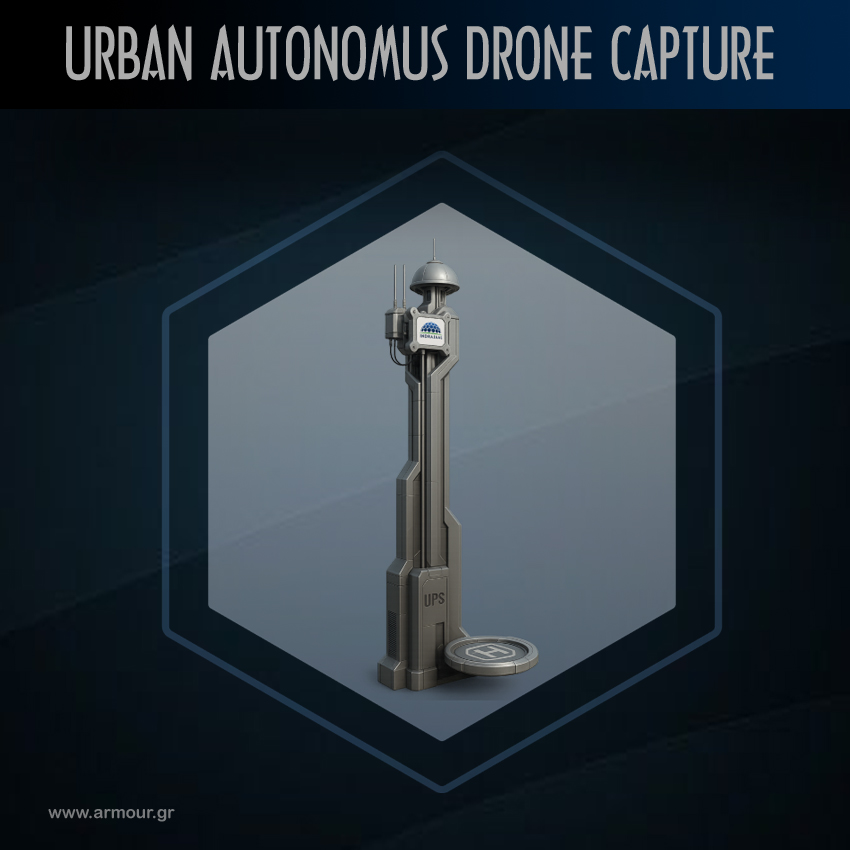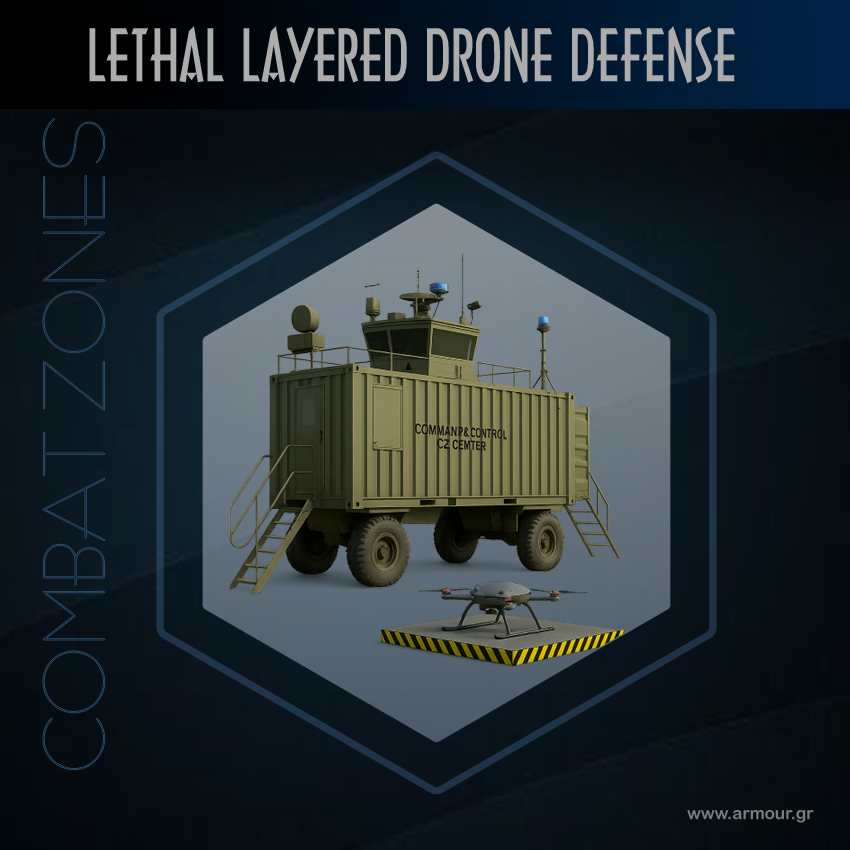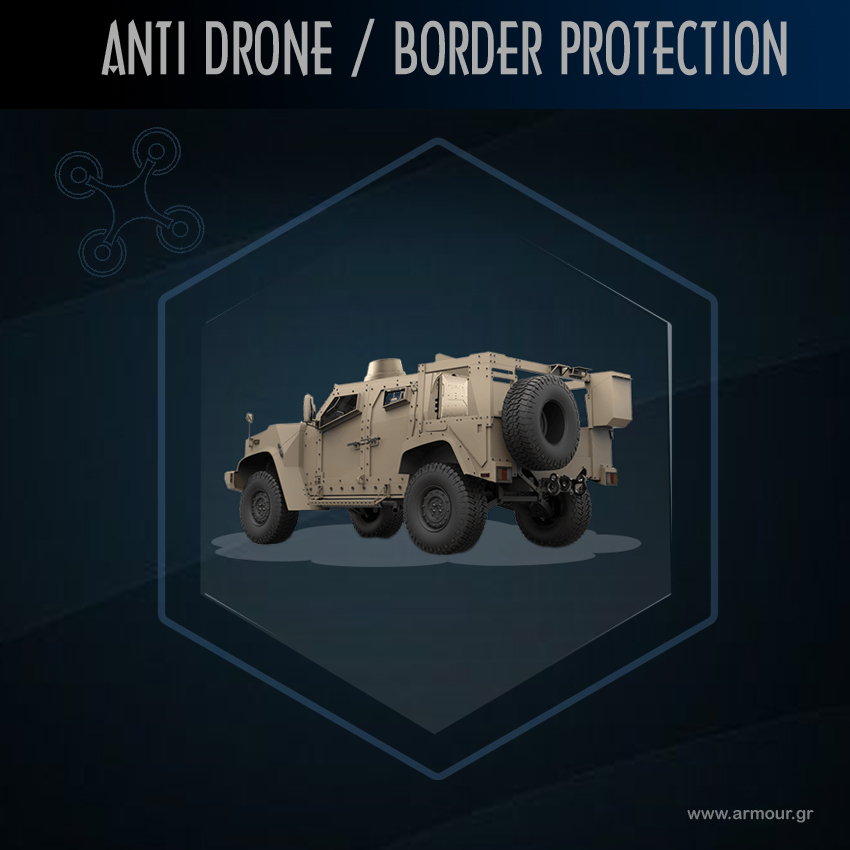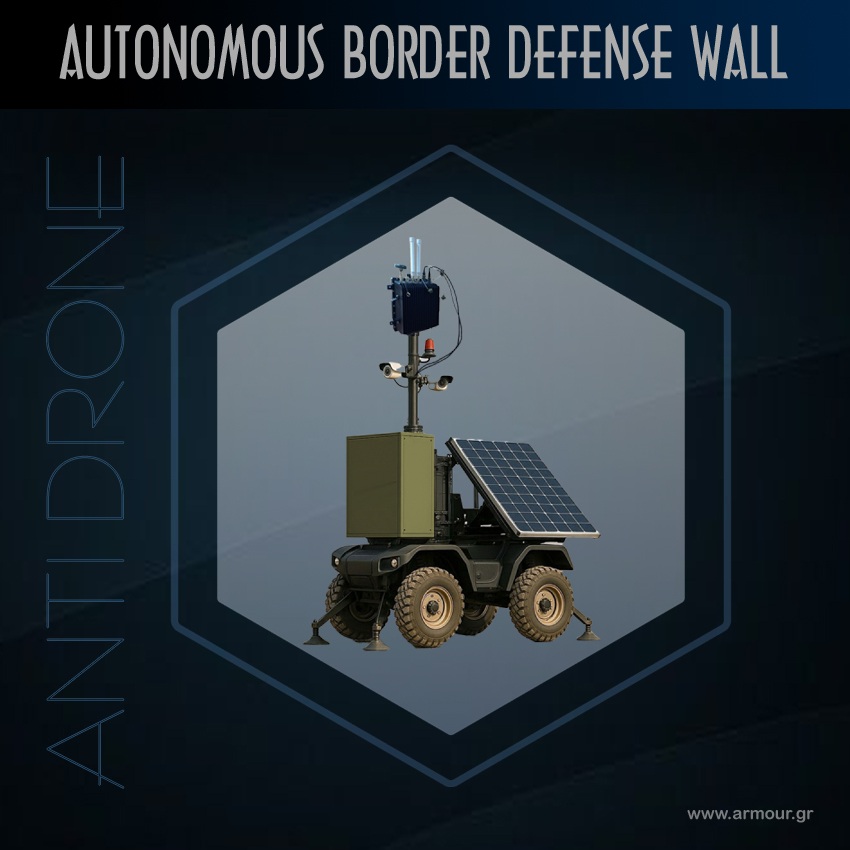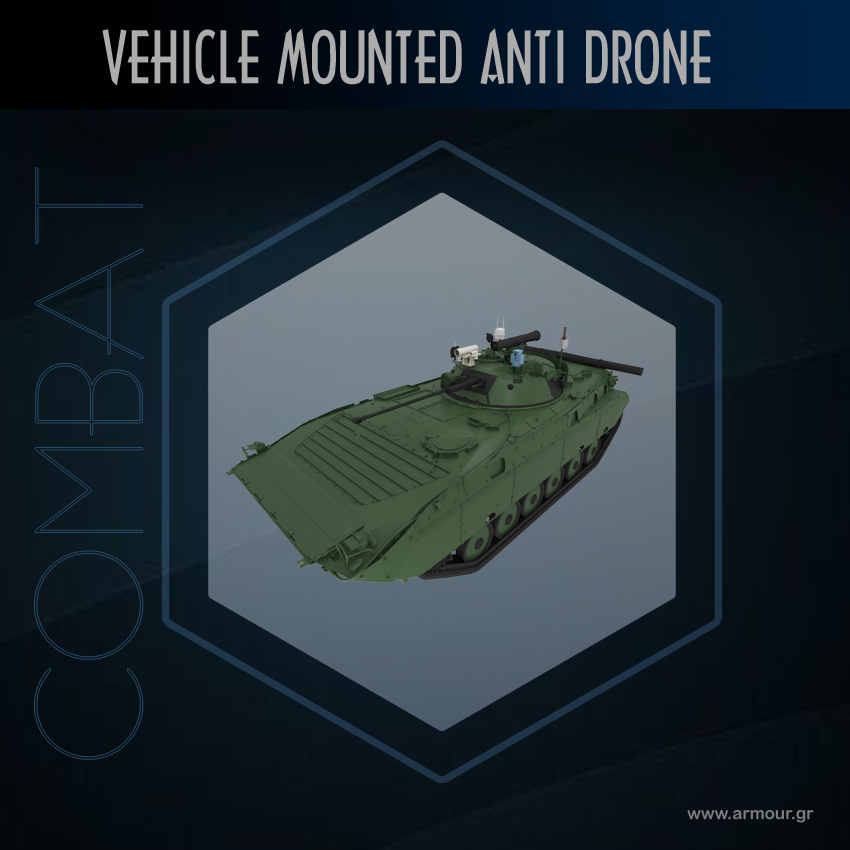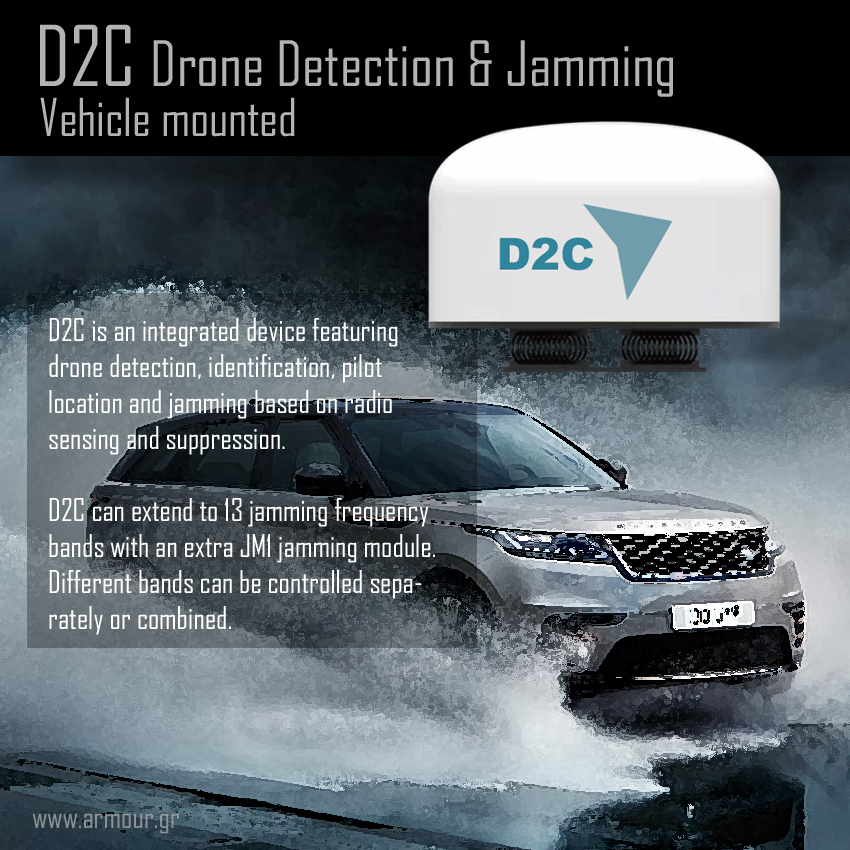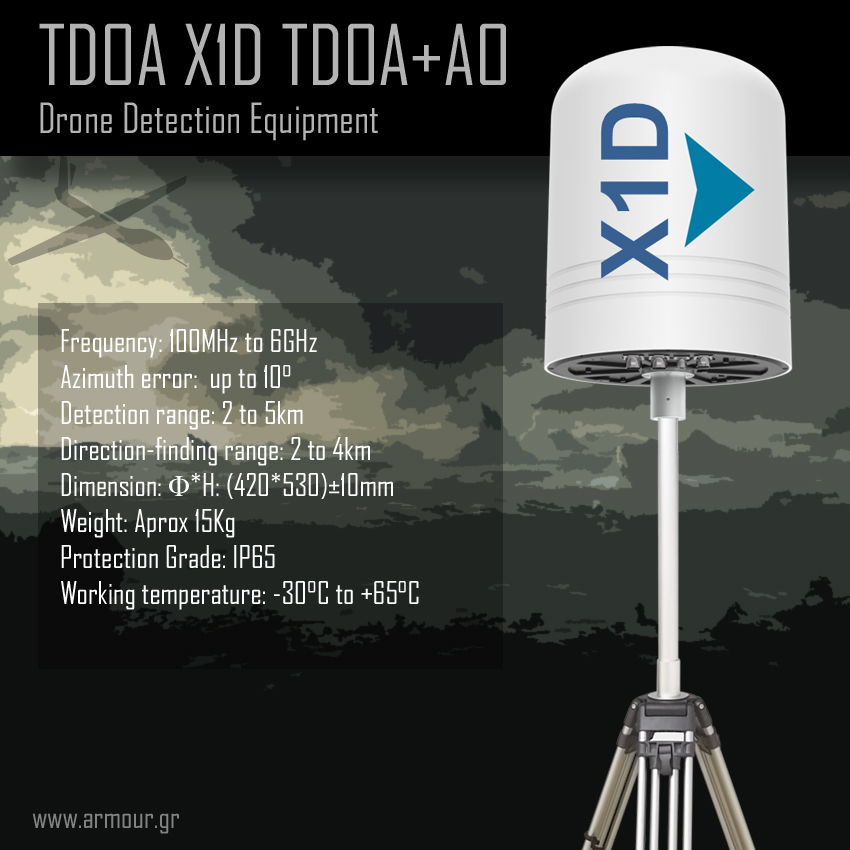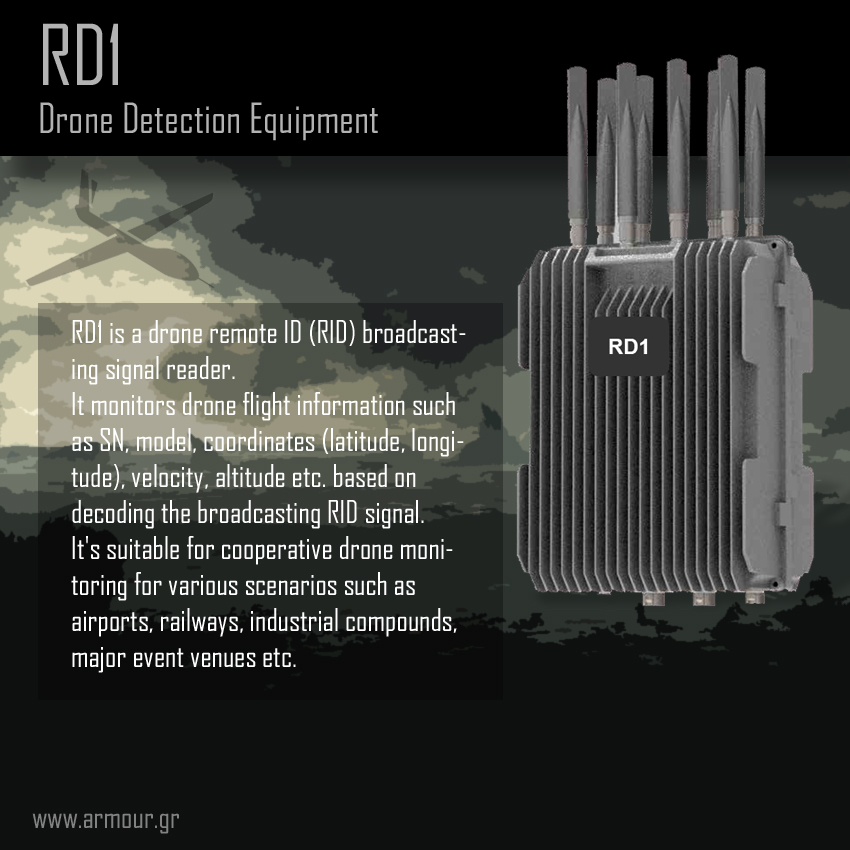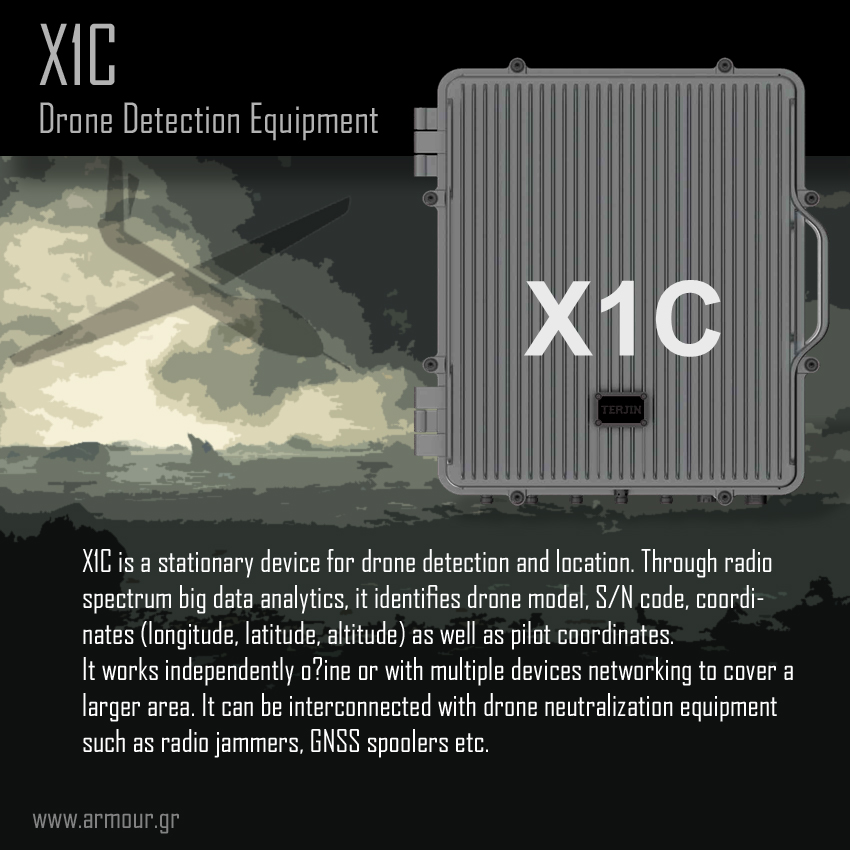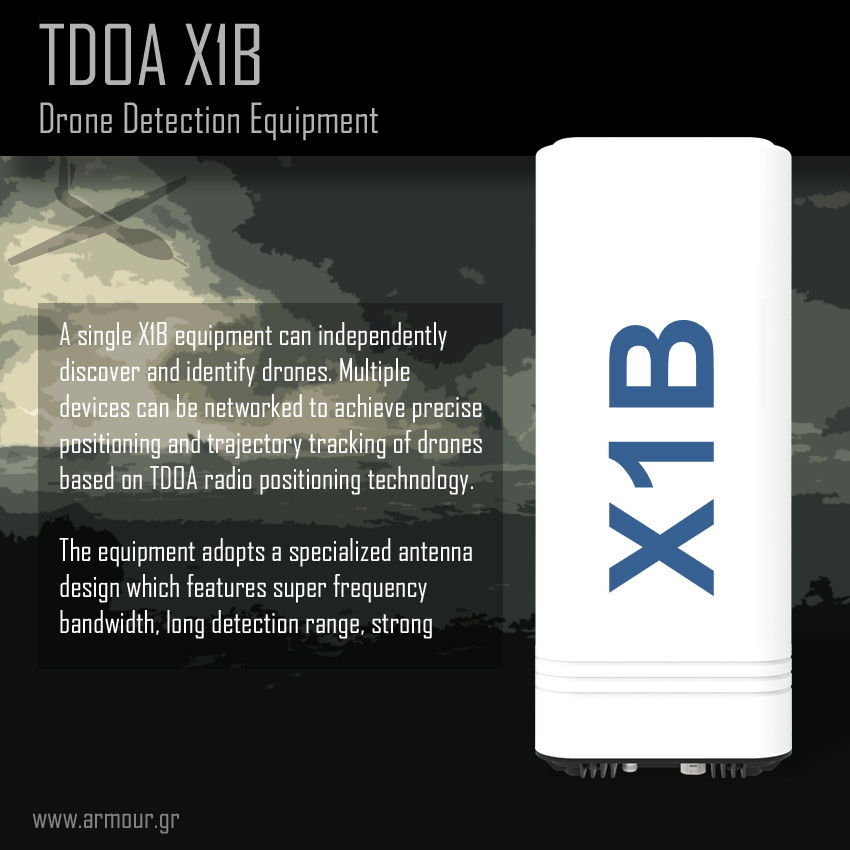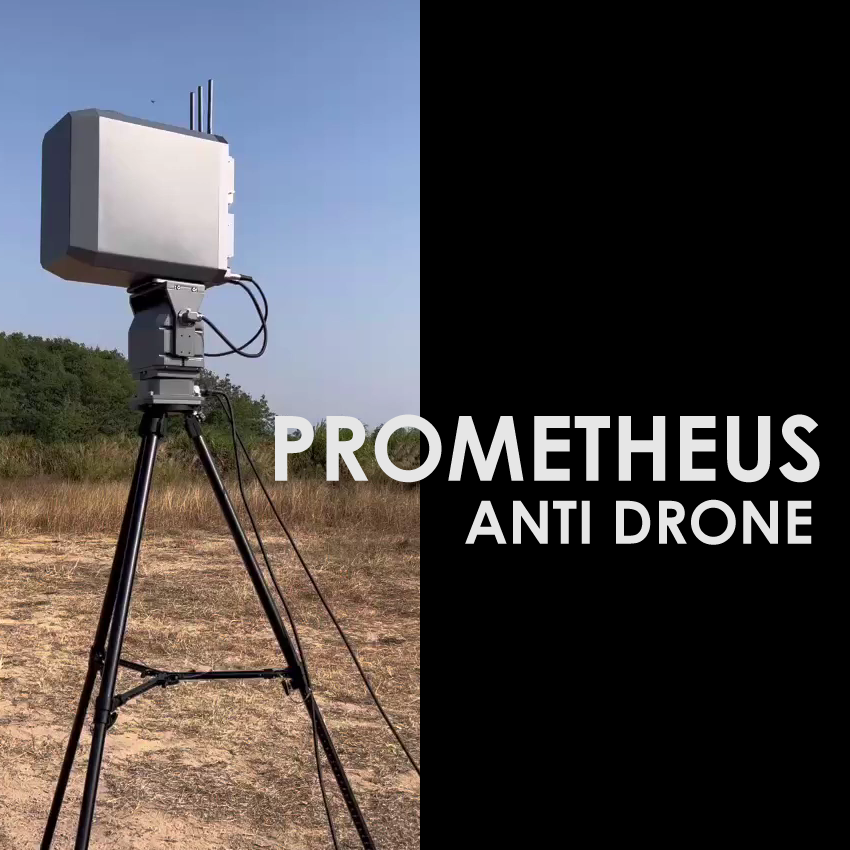Detect & Defend Drone/UAV Mercury DJ32P
Passive Detection: Passively receives signals, does not emit any electromagnetic signals, able to detect drone model and its electronic fingerprint
Direction Finding Accuracy: Accurately determine the drone’s intrusion direction and indicate the target
ANTI DRONE SYSTEM
DETECT & DEFEND DRONES / UAVs
Many DEFEND DRONES manufacturers assure us that they have the correct systems to defend against drones.
But the critical question is, how can you defend against a drone equipped with a camera, GPS, and possibly other devices if you cannot detect it first?
No security guard, fence, alarm, or other technology can effectively defend against small, micro, or nano drones that can easily penetrate your property through any open path, potentially damaging your reputation, business, and life.
We provide innovative solutions to meet a wide range of defense and security needs, offering all the necessary training and equipment to ensure your security and safety.
The Future of Airspace Security, Delivered
Indrajaal’s integrated defense solutions deliver real-time, AI-powered protection against rogue drones in every environment.
Whether it’s securing a port, shielding troops, or defending urban airspace, all systems keep your skies safe, agile, and future-ready.
Neutralizing kamikaze drones, also known as loitering munitions or suicide drones, requires a multi-faceted approach due to their unique capabilities.
These drones are designed to linger in the air until a target is identified, then dive into the target, detonating on impact.
Here are several strategies and technologies that can be employed:
Electronic Countermeasures (ECM): Jamming the communication and control frequencies of the drones can render them ineffective. This includes GPS jamming to disrupt their navigation systems.
Anti-Drone Systems: Specialized anti-drone systems, such as those equipped with directed energy weapons (lasers), can be effective. These systems can detect, track, and neutralize drones before they reach their target.
Radar and Detection Systems: Advanced radar systems capable of detecting small, low-flying objects can provide early warning of incoming kamikaze drones. These systems must be able to differentiate drones from birds and other small objects.
Interception with Fighter Aircraft or Drones: Deploying fighter aircraft or defensive drones to intercept and destroy kamikaze drones before they reach their target.
Physical Shields and Barriers: Reinforcing key infrastructure with physical barriers that can withstand explosions, though this is more of a mitigation strategy than a neutralization method.
Cyber Defense: Since these drones are often controlled via a network, strengthening cybersecurity to prevent hacking or taking control of the drone systems can be a critical defense strategy.
Geofencing: Implementing geofencing to create virtual barriers that drones cannot cross, especially around sensitive or high-value areas.
Intelligence and Pre-emptive Actions: Gathering intelligence on the potential use and deployment of such drones can lead to pre-emptive actions to prevent their launch.
Training and Preparedness: Training military personnel in recognizing and responding to the threat posed by kamikaze drones is essential.
International Cooperation and Regulation: Working with international bodies to regulate the sale and transfer of such drones can help limit their proliferation.
Each of these methods has its advantages and limitations, and a combination of strategies is often most effective in providing a robust defense against kamikaze drones. It's important to ensure that any countermeasures are in compliance with international law and respect the principles of proportionality and distinction in armed conflict.


